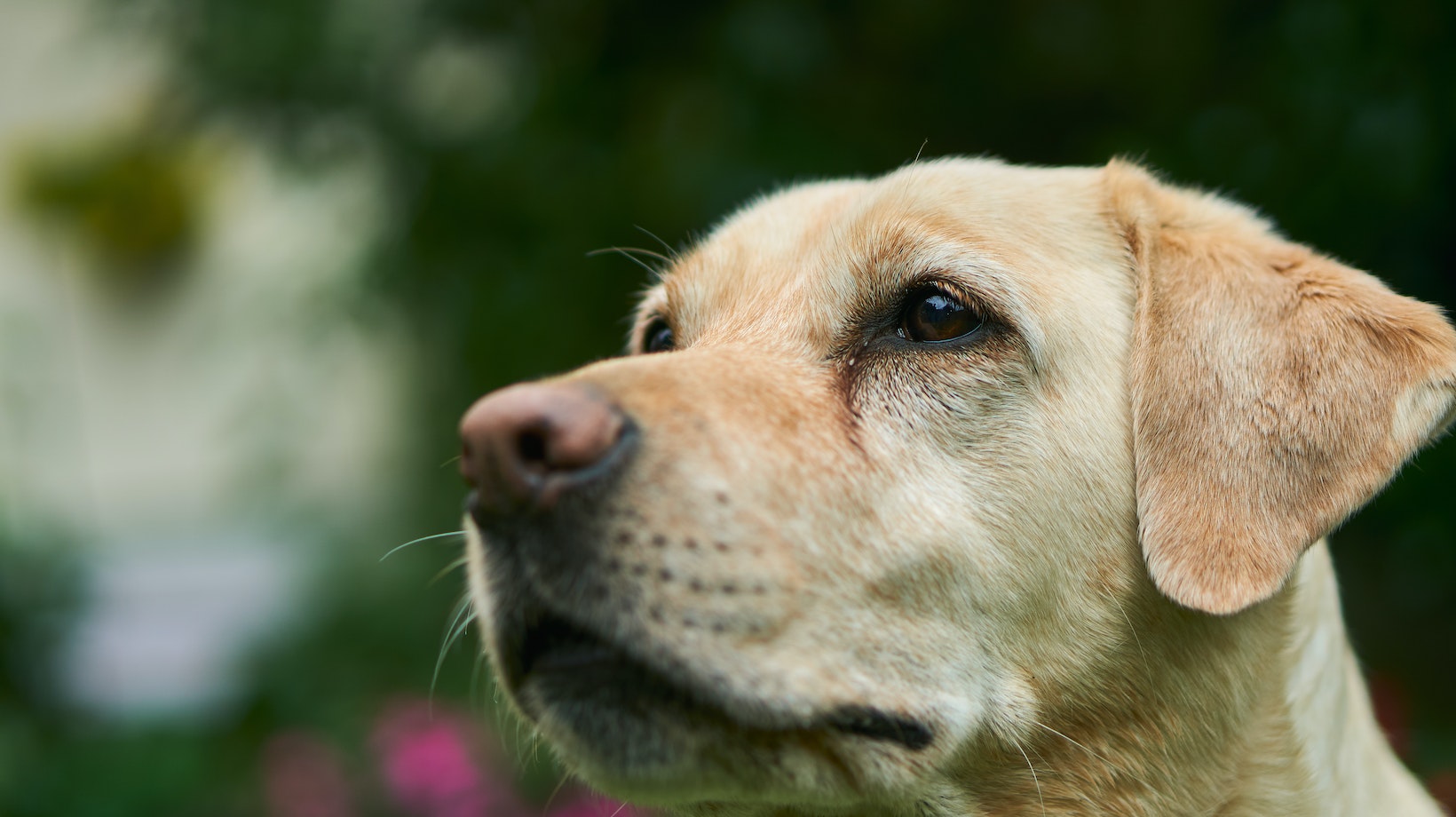Are you struggling with your Labrador puppy’s separation anxiety? Don’t worry, I’ve got some helpful tips to help you tackle this common issue. Separation anxiety in puppies can be challenging, but with the right approach and consistency, you can help your furry friend feel more secure when left alone.
Firstly, it’s important to gradually acclimate your Labrador to being alone. Start by leaving them for short periods of time and gradually increase the duration as they become more comfortable. It’s also a good idea to create a safe and cozy space for them while you’re away, such as a crate or designated area in your home.
Another effective technique is desensitization. This involves exposing your puppy to departure cues, like picking up keys or putting on shoes, without actually leaving. By doing this regularly without following through with leaving, you can help reduce their anxiety associated with these triggers.
Understanding Separation Anxiety in Puppies
Separation anxiety is a common issue that many puppy owners face, and it can be distressing for both the puppy and their human companions. As an owner of a Labrador myself, I understand how important it is to address this problem early on to ensure a happy and well-adjusted furry friend.
The Causes of Separation Anxiety in Puppies
There are several factors that can contribute to separation anxiety in puppies, including:
- Socialization: Puppies who haven’t had enough exposure to different environments, people, and other animals may feel insecure when left alone.
- Sudden Change: A sudden change in routine or environment, such as moving to a new home or being separated from littermates too soon, can trigger separation anxiety.
- Previous Trauma: Puppies who have experienced traumatic events like abandonment or mistreatment may develop separation anxiety as a result.
Understanding these underlying causes can help us empathize with our puppies and tailor our approach accordingly.
Recognizing the Symptoms of Separation Anxiety
To effectively address separation anxiety in your Labrador puppy, it’s crucial to be able to recognize the symptoms.
Look out for the following signs
- Excessive Barking or Whining: Your puppy may vocalize excessively when left alone, indicating their distress.
- Destructive Behavior: Chewing furniture or household items beyond what is normal for teething might suggest your pup is anxious when separated from you.
- Potty Accidents: If your house-trained puppy starts having accidents indoors only during periods of separation, it could be a sign of anxiety.
- Restlessness and Panting: Anxious puppies often exhibit restlessness by pacing back and forth or excessive panting even when it’s not hot.
Recognizing these symptoms will enable you to take proactive measures towards resolving separation anxiety effectively.

Creating a Safe and Comfortable Environment for Your Puppy
To help your Labrador puppy cope with separation anxiety, it’s essential to create a safe and comfortable environment:
- Establish a Routine: Set up a consistent daily routine that includes regular meal times, exercise, play sessions, and designated alone time. This helps your pup feel secure knowing what to expect.
- Gradual Departures: Practice leaving your puppy alone for short periods at first and gradually increase the duration over time. This gradual process can help them build confidence in being alone.
- Safe Space: Create a designated area where your puppy feels secure and has access to their bed or crate, toys, and familiar scents. This space can serve as their sanctuary when you’re not around.
How to Stop Separation Anxiety in Puppies
As a dog owner, I understand how challenging it can be to witness your adorable Labrador puppy experience separation anxiety. Fortunately, there are effective positive reinforcement training techniques that can help alleviate this distressing behavior. In this section, I’ll share some valuable strategies to implement when addressing separation anxiety in your beloved furry friend.
- Gradual Desensitization: Start by gradually exposing your Labrador puppy to short periods of alone time. Begin with just a few minutes and gradually increase the duration over time. This technique helps them become accustomed to being alone without triggering anxiety.
- Create a Safe Space: Provide a designated area where your puppy feels secure and comfortable during your absence. A crate or a specific room with their favorite toys, bedding, and treats can serve as their safe haven.
- Establish a Departure Routine: Develop a consistent departure routine that signals to your pup that you’re leaving but will return soon. Keep it calm and low-key to avoid arousing unnecessary anxiety levels.
- Use Interactive Toys and Treats: Engage your puppy’s mind and distract them from separation anxiety by offering interactive toys filled with treats or puzzle feeders that require mental stimulation.
Remember, each Labrador is unique, so it’s essential to tailor these techniques according to their individual needs. Be patient, consistent, and always reward positive progress. With time and dedication, you can help your furry companion overcome separation anxiety and foster a happy, well-adjusted bond between you both.